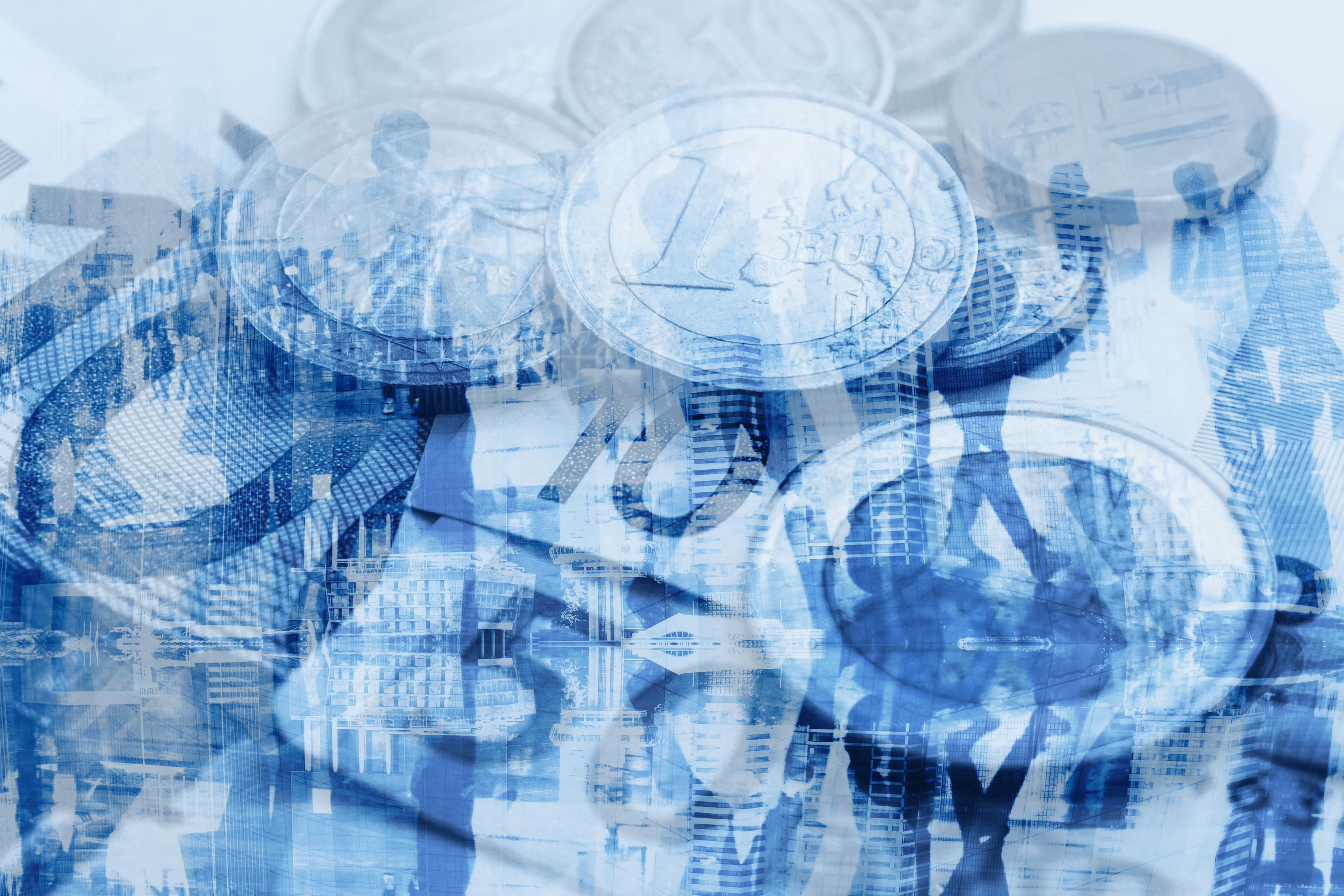
The euro area economy nearly stagnated in the second quarter of 2023, while Croatia remained among countries with marked increases in Gross Domestic Product (GDP), according to the latest estimate by Eurostat, the statistical office of the European Union.
Oglas
In the second quarter of 2023, seasonally adjusted GDP increased by 0.1% in the euro area and was stable in the EU, compared with the previous quarter. In the first quarter of 2023, GDP had increased by 0.1% in the euro area and by 0.2% in the EU.
Compared with the same quarter of the previous year, seasonally adjusted GDP increased by 0.5% in the euro area and by 0.4% in the EU in the second quarter of 2023, after increases of 1.1% in both zones in the previous quarter.
In the second quarter of 2023, household final consumption expenditure was stable in both the euro area and the EU. Government final consumption expenditure increased slightly, but this was offset by a marked drop in exports.
Among member states, Lithuania recorded the highest increase of GDP compared to the previous quarter (+2.9%), followed by Slovenia (+1.4%) and Greece (+1.3%). The highest decreases were observed in Poland (-2.2%), Sweden (-0.8%) and Austria (-0.7%).
In the second quarter of 2023, Croatia's GDP grew by 1.1% from the previous quarter, when it had increased by 1.3%.
Kakvo je tvoje mišljenje o ovome?
Pridruži se raspravi ili pročitaj komentare
Oglas
Kakvo je tvoje mišljenje o ovome?
Pridruži se raspravi ili pročitaj komentare
Oglas
NAJČITANIJE
Oglas
Oglas
Najnovije
Oglas
Oglas



 Srbija
Srbija
 Bosna i Hercegovina
Bosna i Hercegovina
 Slovenija
Slovenija



























































